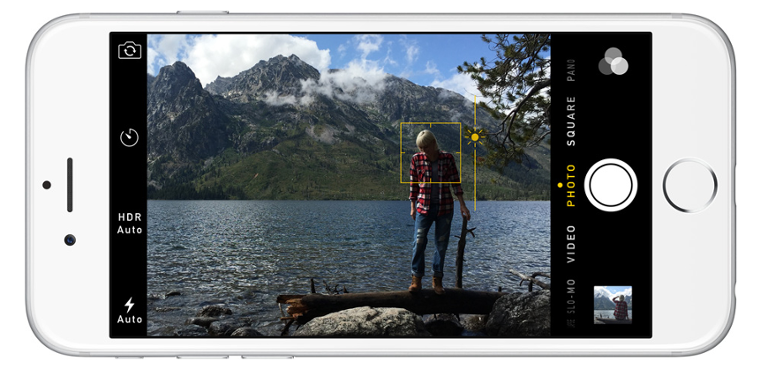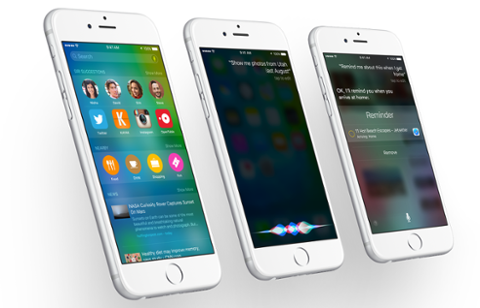Every autumn, Apple’s top executives take to a stage in California to unveil the latest iPhone. Unless a massive asteroid strikes Silicon Valley in the next four months, this year will likely prove no different; and if Apple sticks to its traditional method of naming and upgrading iPhones, the next iteration of the popular device will be the iPhone 6S, with a host of moderate but no major improvements. What will the next iPhone look like? According to 9to5Mac (a generally reliable source of Apple scuttlebutt), almost exactly the same as the current version, down to the size of the speaker and camera holes. The internals might feature an upgraded processor and camera, along with Force Touch, which can tell whether the user is lightly tapping or firmly pressing the screen. If those rumors pan out—and 9to5Mac’s leaked photographs of a purported iPhone 6S suggest they will—that could be very good news for developers and app-builders. Apple’s decision to move to progressively larger screens with the iPhone 5 and 6 (not to mention the gargantuan iPhone 6 Plus) forced tech pros to adjust how they constructed software for iOS; if the screen on the 6S is basically the same as the 6, that gives them a collective breather before whatever Apple rolls out with the iPhone 7 in 2016. A better camera and more powerful processor will also benefit app builders. In the right hands, though, Force Touch could prove the most interesting new feature, giving developers the ability to build apps capable of taking more nuanced commands. Picture games where characters react differently depending on whether the user touches them lightly or firmly, for example.


